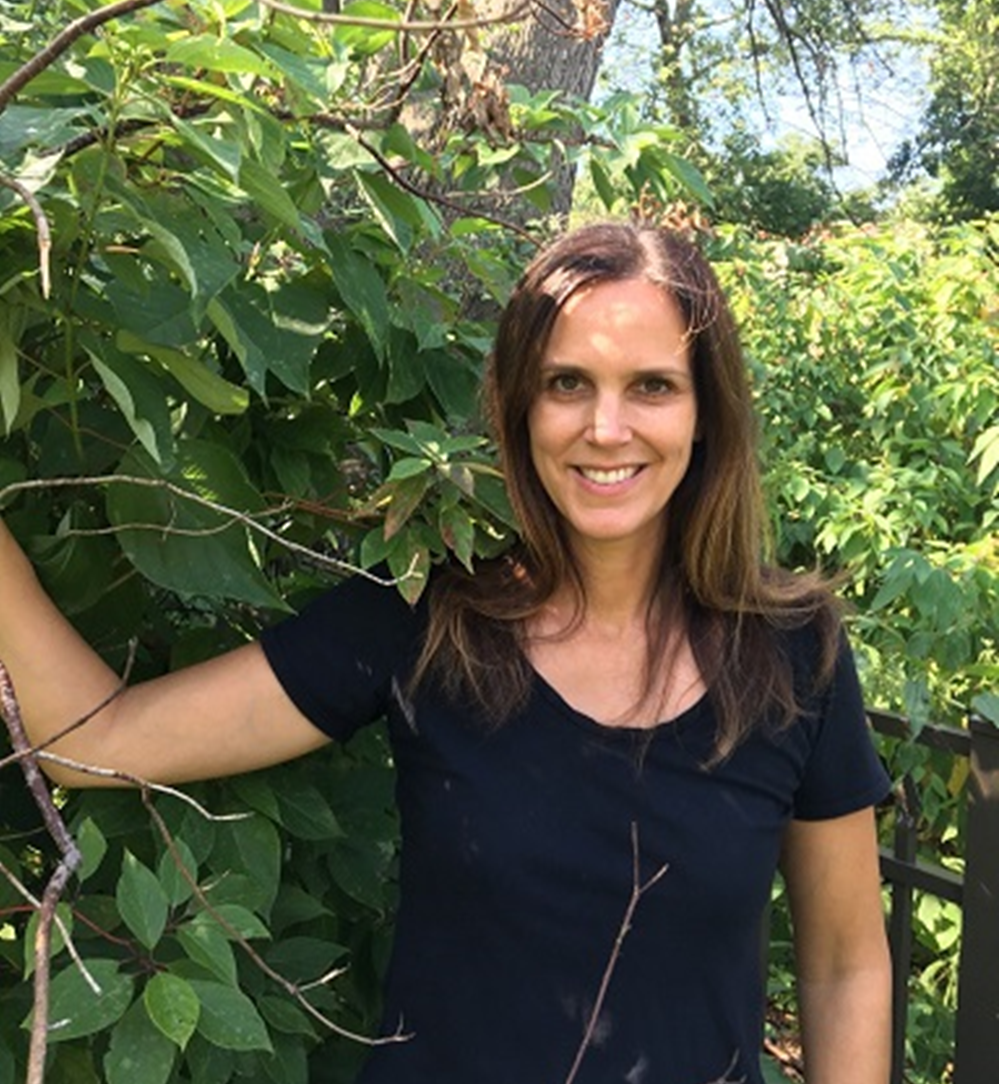I am interested in the impact of global climate change on temperate and boreal forest ecosystems, especially how altered temperature regimes will impact southern and northern range limits. My PhD researched focused on the impact of temperature on the phenology of trees. I am also passionate about ecosystem restoration. In my spare time, I enjoy hiking, downhill skiing, and hanging out with my kids and dogs.
Publications
Claudia Nanninga, Samuel F. Ward, Brian H. Aukema, Rebecca A. Montgomery. 2023. The effects of chilling and forcing temperatures on spring synchrony between larch casebearer and tamarack
Claudia Nanninga, Buyarski C.R., Pretorius A.M. 2017. Increased exposure to chilling advances the time to budburst in North American tree species. Tree Phys.
Claudia Nanninga, Susan Galatowitsch, Karen Schick. 2012. Old Mill Park Restoration Plan
Nanninga C. Comparison of forest conditions in the Knife River Indian Villages Park, ND, between 1984 and 2010. National Park Service.
